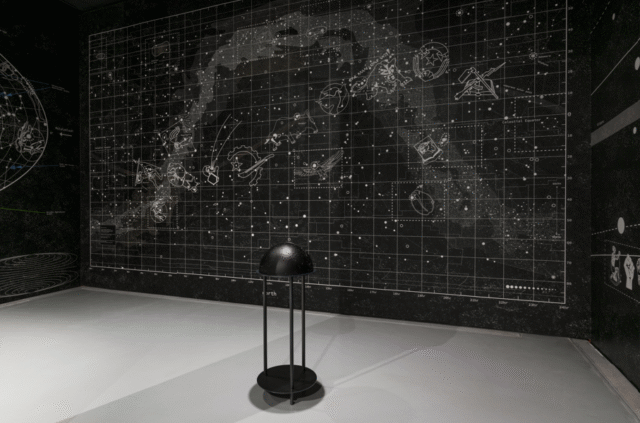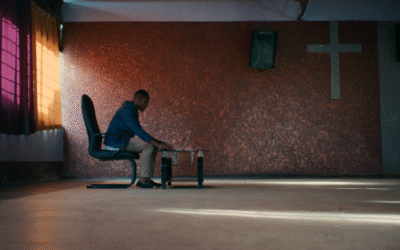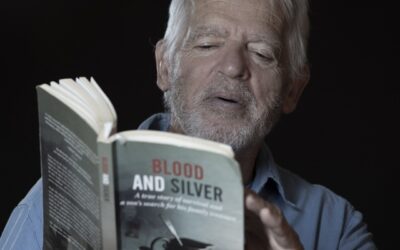City planners are using smart design, creative technology and community feedback in their attempts to reformulate the apartheid city, observes Sean O’Toole in his in-depth look at South African cities.
This is all very relevant in Cape Town, given its World Design Capital status, with its ‘live design – transform life’ focus.
Following is an extract from the article by Sean O’Toole in the Mail & Guardian
Complex ideas
Cities are ideas as much as they are brute physical entities. Understanding them requires navigating aspiration and fact, emotion and logic, individual circumstance and abstract distillation. As cities grow and take on increasingly complex functions, machines are increasingly augmenting fallible, smoke-break prone humans in managing the complex flows that characterise the life of any city.
“We increasingly share the space and time of cities with semiautonomous agents of a nonhuman, indeed nonbiological, nature, from drones to algorithms,” offered Adam Greenfield, a New York-based urban systems designer in a recent 100-point manifesto.
“The grandeur in determining the conditions of urban existence increasingly resides with those who produce networked objects and services, and the interfaces to them.”
There is, of course, the opposing view. Humans invented technology to serve them.
“In Rio de Janeiro, we are applying technology to benefit the population and effectively transition to a smarter city,” said Rio mayor Eduardo Paes in 2011, a year after the launch of his city’s $14-million integrated city management centre.
Smart cities
The centre, built in conjunction with IBM, houses Latin America’s largest surveillance screen that integrates visual information from 30 different city agencies.
The evolution of the so-called “smart city” is not without practical hiccups, as regular observers of digital road signs in Cape Town and Johannesburg will have noted. But the real quandary posed by this new faith in technology is ethical rather than practical.
In his keynote address at the 40th World Congress of the International Institute of Sociology, held in Delhi in February 2012, Ash Amin, a leading urban geographer based at Cambridge University, introduced the idea of “telescopic urbanism”. He clarified his rarefied sounding concept in a recent interview.
“As cities around the world are trying to muscle up, gear themselves up for international competitiveness and the like, telescopic urbanism regularly bypasses the poor, casting them as not part of the urban central, but as part of the urban peripheral, or another world,” he explained.
In the new world of megacities competing with far-flung rivals on opposing continents, city management is increasingly being understood – and even reduced – to an information challenge. Ideas of mutuality, obligation and commonality have all but disappeared in this new paradigm.
Managing justice
This possibility remains latent. District Six remains a neighbourhood of vast absences. Every few weeks refuse collectors accompanied by metro police comb the area for debris. This tends to prompt tense stand-offs with the homeless who use the old mattresses, carpets and wheelie bins on the traffic circle beneath Nelson Mandela Boulevard.
Nearby, a number of low-density homes have emerged. Built in stages as residents have made deals with the city, the latest group, opposite the Muir Street Mosque, has been dismissed as resembling Club Mykonos. Their form throws up some interesting questions.
“How does one manage justice in the city? How do you create an equitable city? I don’t have the answers,” said Khalied Jacobs, a partner at Jakupa architects and urban designers. “What is clear is that District Six should not be developed in isolation to the city.”
Working with Arup, a firm of consultant structural engineers based in London, Jakupa has created a model of a terraced city block that was presented to the department of rural development and land reform. The proposal showcased a plan involving 201 terrace houses and 413 apartments.
According to Jacobs, who travelled to Hanover Street as a child to buy polony, District Six is “not a blank canvas, it is a palimpsest”. He said designers often adopt a “top-down” approach. “There is little engagement with the user.”
Touching on a recurring point at the Ekurhuleni conference – the dysfunctional conversation between city planners and residents – Jacobs insisted that user consultation did not slow down urban design.
Housing solutions
He offered as an example Jakupa’s work at Eagle Park. This low-cost housing development was commissioned by the Western Cape department of human settlements and comprises 219 housing units. User input was key.
“You mitigate conflicts right at the beginning stages of a project,” said Jacobs of the process.
In a city that beat Dublin and Bilbao to be elected as World Design Capital for 2014, housing represents a tangible design problem with ethical implications for Cape Town. Alayne Reesberg, chief executive of Cape Town Design NPC, the company tasked with overseeing Cape Town’s World Design Capital project plans, is cognisant of this.
“Last year, 330 000 people came to Cape Town to make a home without jobs or secure accommodation.”
Cape Town is confronted by numerous structural problems: sprawl, a lack of low-cost housing, poor public transport, water insecurity, residual apartheid and motorway flyovers that end in mid-air. For Reesberg, the design capital accolade represents a way to harness designer savvy to address these issues. She is, however, clear that design is not a silver bullet.
“Remember, it was technology that was going to save us; now it is design,” she said.
“There is a certain conceit in that. But I like design thinking – it puts the user at the centre of the solution, not some gizmo or software.”
Clever design
This solutions-based approach to design is shared by the local city government, which underwrote the initial design capital bid proposal.
“Design for me is not just architecture, fashion, craft, beautiful tables and elegant wine glasses,” said Laurine Platzky, the deputy director general of strategic programmes in the Western Cape government and a key architect of the city’s work-in-progress design strategy.
“Design is a creative process that results in something that is appreciated and usable.”
She offered sewerage systems, new motorways and integrated city living as examples.
According to Mugendi M’Rithaa, a Kenyan-born industrial designer and professor at the Cape Peninsula University of Technology, Cape Town is confronting design issues relevant to the vast majority of the world’s population.
“We have an opportunity to speak on behalf of the ‘majority world’ with a powerful voice that could resonate across the globe,” M’Rithaa wrote in 2011.
It is a point of view shared by Reesberg. Although Cape Town may lack the guilds and artisan traditions of Turin, or the high-tech smarts of Seoul and Helsinki, it is still a place of experimentation and real-world innovation.
“Cape Town may not be a Xerox PARC, but we are a laboratory,” said Reesberg.
“We have valid and authentic things to contribute to solving important global design problems.”
Read the full article by Sean O’Toole in the Mail & Guardian
PHOTO CREDIT: Cape Town city planners are working with former residents of District Six to build housing that meets people’s needs. (David Harrison, M&G)






